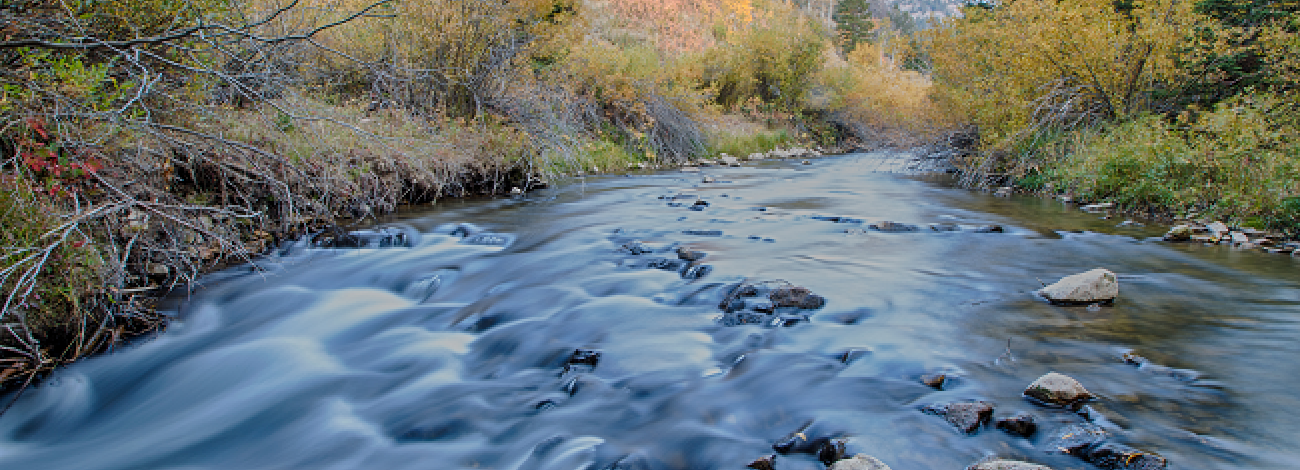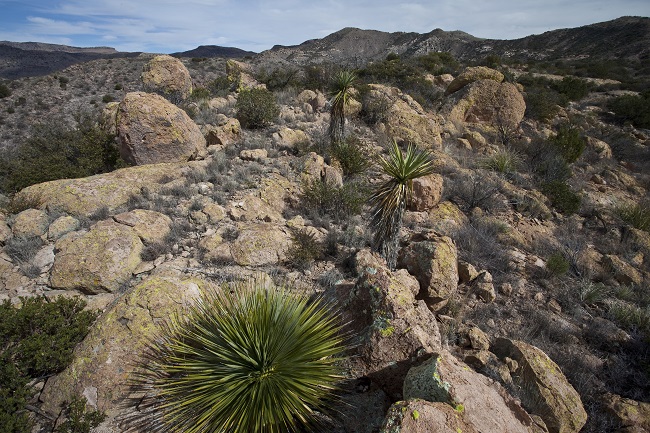
Wilderness and Wilderness Study Areas
The Bureau of Land Management is responsible for 263 wilderness areas and 487 wilderness study areas in the western States and Alaska. From primitive hunting locations to remote fishing spots, wilderness and Wilderness Study Areas provide unparalleled opportunities for spending time outdoors.
With over 10 million acres in 10 western States, wilderness offer opportunities for solitude, recreation, and personal reflection. In 1964, Congress established the National Wilderness Preservation System through the Wilderness Act and since its establishment, has passed 150 additional laws adding wilderness areas the System. Since 1964, every President has enacted bills passed by Congress to add additional areas to the National Wilderness Preservation System. The uniquely American idea of wilderness protects wild and natural landscapes ranging from alpine to desert, forest to grassland, and other environments of the United States. Wilderness protects the habitat of numerous wildlife species and provides a source of clean water. It has long been used for science and education, providing sites for field trips, study areas for student research, and serving as a source of instructional examples. The appeal of wilderness for recreation is strong, and wilderness areas are seeing steadily increasing use from people who wish to experience freedom from fast-paced industrialized society.
Wilderness Study Areas (commonly known as WSAs) are places that have wilderness characteristics; that is a minimum size, naturalness, and outstanding opportunities for recreation which make them eligible for designation as wilderness. As early as 1926, the earliest advocates of wilderness preservation had acknowledged the beauty and important ecological values of the desert lands under the BLM’s administration as candidates for wilderness protection. In 1976, Congress directed the BLM to evaluate all of its land for the presence of wilderness characteristics, and identified areas became WSAs. The establishment of a WSA served to identify areas for Congress to consider for addition to the National Wilderness Preservation System. Today, the BLM manages WSA that contain about 11.1 million acres of public land. Until Congress makes a decision to add or end consideration of a WSA, the BLM manages the area to ensure its suitability for designation as wilderness is not impaired.

